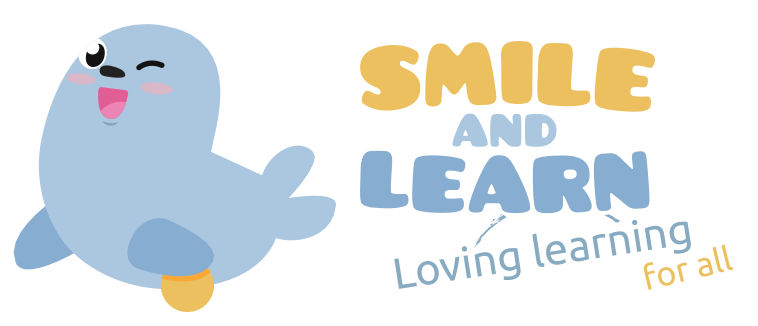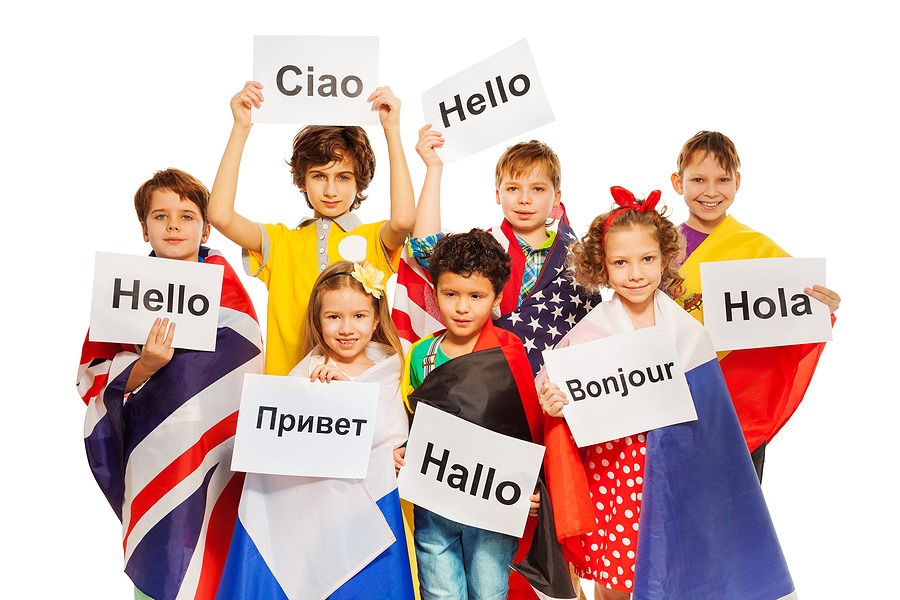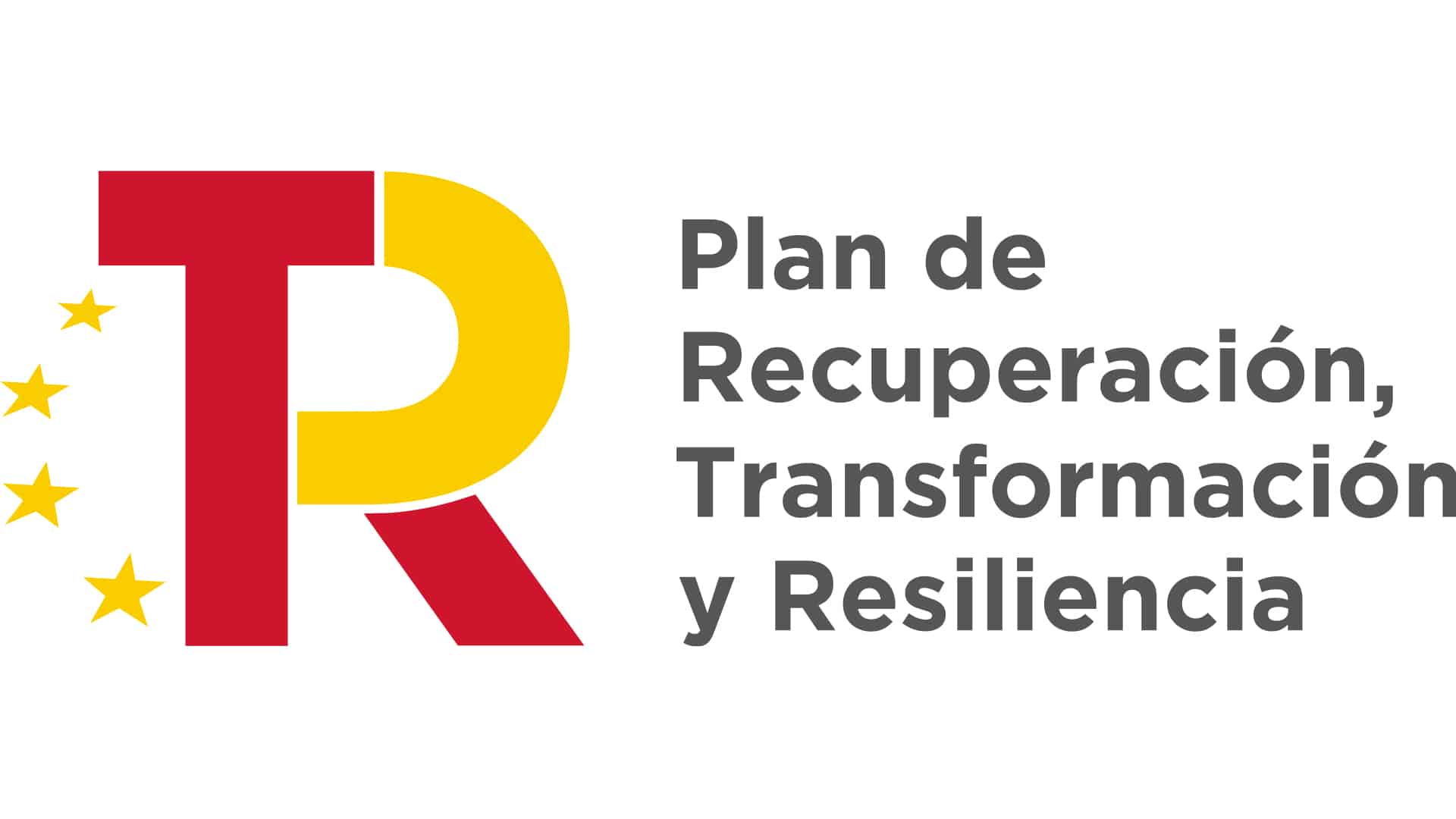Language learning during primary education is crucial for developing students’ communicative competence. In a globalized world, mastering one or more foreign languages becomes an essential tool for communication, access to information, and participation in society.
Smile and Learn, aware of the importance of this challenge, offers an educational platform aligned with the guidelines of the Common European Framework of Reference for Languages (CEFR) and promotes a communicative and intercultural approach to language learning.
The Importance of the Communicative Approach and the Intercultural Dimension in Language Teaching
Nowadays, language teaching in primary education has evolved significantly, moving away from traditional methods based on memorization and grammar. The communicative approach has become the central pillar of foreign language teaching, prioritizing the development of students’ ability to use the language in real communication situations.
Why is the communicative approach important?
- Motivation: Students feel more motivated when they see they are learning to communicate effectively rather than just repeating grammatical structures.
- Meaning: Learning becomes more meaningful when connected to real-life situations and contexts. Learning vocabulary in real contexts facilitates retention and meaningful integration, unlike studying isolated word lists.
- Practice: The active practice of the language is encouraged through interactive and collaborative activities.
- Confidence: Being able to communicate in a foreign language in real situations shows students their progress and has positive effects on their self-esteem and confidence.
Beyond the communicative approach, primary language teaching must integrate the intercultural dimension. Learning a language is not just about acquiring linguistic knowledge but also about understanding the culture of the countries where the language is spoken.
Why is the intercultural dimension important?
- Understanding: Students learn to understand and respect other cultures, fostering tolerance and respect.
- Enrichment: Knowledge of other cultures broadens students’ worldviews.
- Communication: The intercultural dimension facilitates communication and understanding between people from different cultures.
What Does Smile and Learn Offer for Language Learning in Primary Education?
- Adaptation to the CEFR: Smile and Learn has adapted the CEFR for primary school children, including a pre-A1 level for beginners in foreign language learning, as well as intermediate A1+ and A2+ levels that allow for more gradual progression.
- Communicative approach: The main goal is for students to be able to use the language to communicate in real situations. To achieve this, the platform offers a variety of resources that promote oral and written interaction.
- Development of key competencies: Smile and Learn fosters the development of the four key CEFR competencies: listening and reading comprehension, and oral and written production, through interactive and engaging activities.
- Intercultural dimension: Language learning goes beyond grammar and vocabulary knowledge. Smile and Learn integrates the intercultural dimension into its content, introducing students to cultural aspects such as festivals, gastronomy, art, and music from the countries where the foreign language is spoken.
- Connection with other curriculum areas: Smile and Learn facilitates the integration of language learning with other curriculum subjects, promoting a CLIL (Content and Language Integrated Learning) approach.
In summary, Smile and Learn presents itself as a valuable tool for primary school teachers looking for an innovative and effective approach to language teaching. The platform offers a wide range of resources tailored to students’ needs, promoting meaningful and competency-based learning.
If you haven’t tried our educational platform yet, you can do so through the following link.












